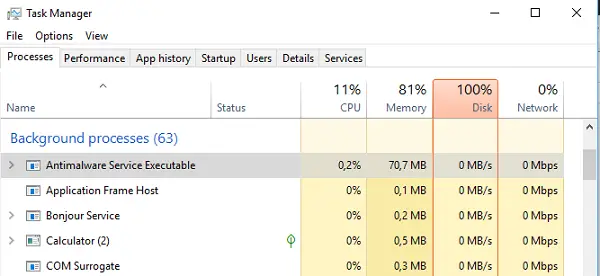antimalware service executable high memory 2021
Many Windows 10 users fix the Antimalware Service Executable high CPU usage issue by disabling the Windows Defender. Fast Light and Easy to Use.
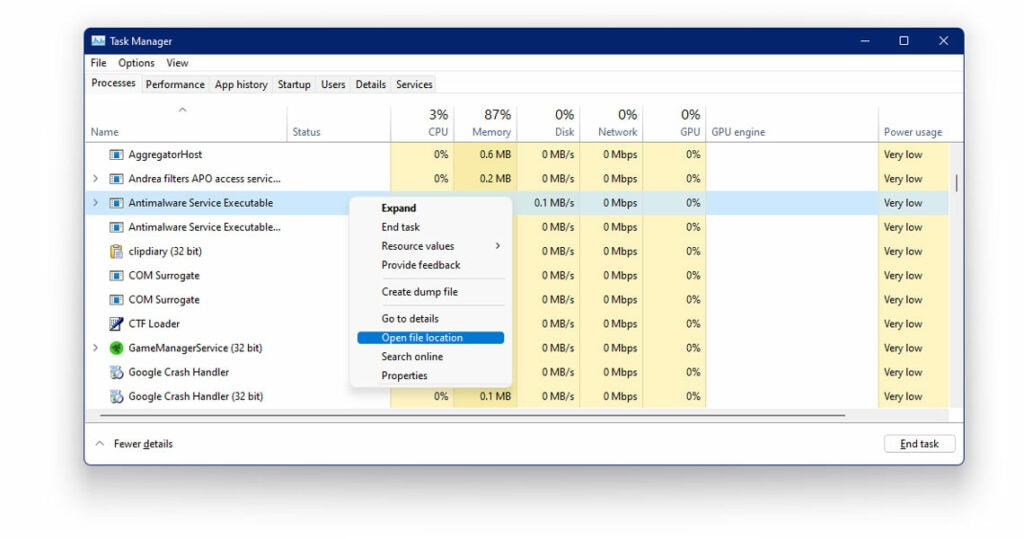
Fix Antimalware Service Executable High Cpu Usage In Windows 11 Devsjournal
Scan Remove Malware Today.

. In task manager i see that Antimalware Service Executable is using a lot of resources. Type servicesmsc in Search Bar to open service window. Check Out Our User-Friendly List Of The Best Security Software Available Today.
How to Disable the Anti-Malware Service Executable Fix High Memory Usage CPU Usage Disk UsageMicrosoft Antimalware is an antivirus software that protect. To fix the high CPU usage issue caused by Anitimalware Service Executable you can try the following methods. Sort by total events and see if your antimalware.
Fast Light and Easy to Use. Trusted by over 30 Million Users Worldwide. However we do not recommend turning off Windows Defender as this may increase the risk to your system.
30-Day Free Trials For All Leading Brands. It runs fast and consumes a lot of CPU memory resulting in high CPU and memory usage. Ad Fast Free Antivirus Software 2022.
The most likely solution to the high CPU problem of the Antimalware service executable is to. Next check the Enabled box to enable the option to turn off your Windows Defender. Go to Settings Update security select.
2022s Best Anti-Malware Software. Download and Save 66 Today. Filter the display so it only shows the executable associated with with your high CPU issue.
Here double click the setting named as Turn off Windows Defender. Ad Fast Light and Easy to Use. In the Registry Editor go to HKEY_LOCAL_MACHINESOFTWAREPoliciesMicrosoftWindows Defender.
Download Free Virus Protection To Protect Your Devices Againest Viruses and Malware. Multiple Layers of Protection for Cyber Security. High CPU RAM and Disk usage by Antimalware service executable is usually caused by the Real Time Protection feature in Windows Security.
Ad Comprehensive Antivirus Online Security Identity Theft Protection. Ad Fast Light and Easy to Use. Ad Protect Your Computer From Viruses Malware.
Antimalware Service Executable High Disk memory and CPU usage. Antimalware Service Executable High MemoryDiskCPU Usage Issue. Scan your PC in one click.
Ad Antivirus Software Comparison. Scan your PC in one click. Here are 5 simple solutions for you to deal with Antimalware Service Executable High Disk Usage problem in Windows 10.
Improved Security for Your PC. 13 Best Encryption Software For Windows In 2021. Improved Security for Your PC.
Ad Award Winning Protection For Your Devices the Information You Keep on Them. Let Us Help You Find The Perfect Antivirus. After 60 seconds stop the procmon capture.
Locate Windows Defender Antivirus via the.

Antimalware Service Executable And Desktop Window Manager Using A Lot Microsoft Community
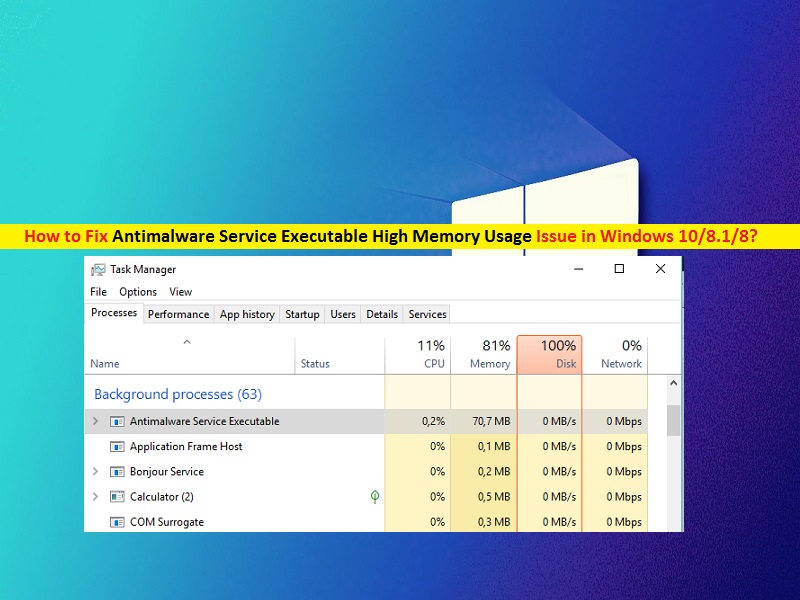
Fix Antimalware Service Executable High Memory Usage In Windows 10 8 1 8 Pc Transformation

Antimalware Service Executable High Cpu Memory Usage How To Fix

Fix Antimalware Service Executable High Cpu Usage On Windows 2022 Guide Geek S Advice
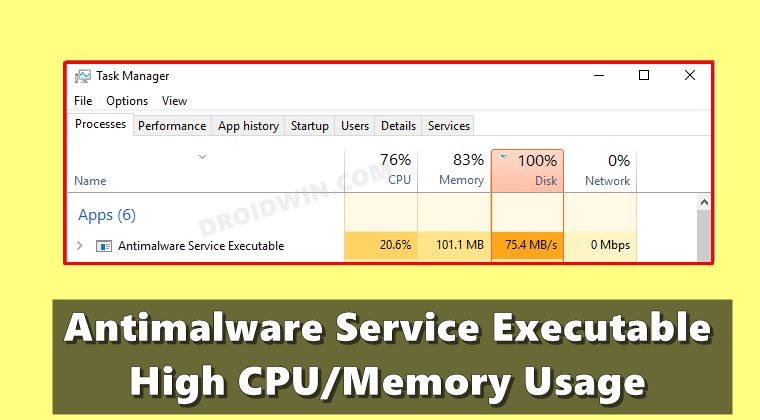
Antimalware Service Executable High Cpu Memory Usage How To Fix

Disable Antimalware Service Executable For High Cpu Fix
Is The Memory Usage Of The Antimalware Service Executable Normal R Zephyrusg14
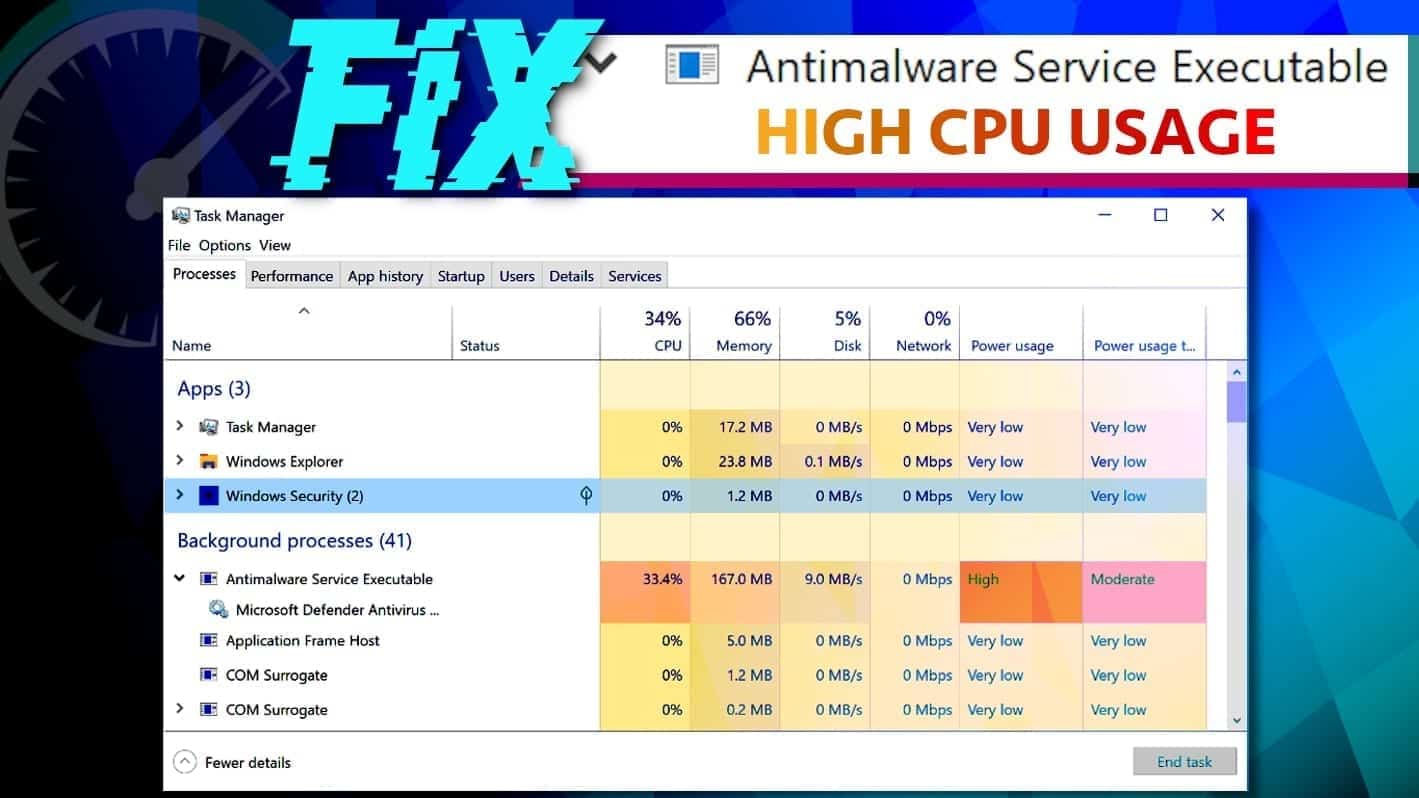
Fix Antimalware Service Executable High Cpu Usage On Windows 2022 Guide Geek S Advice
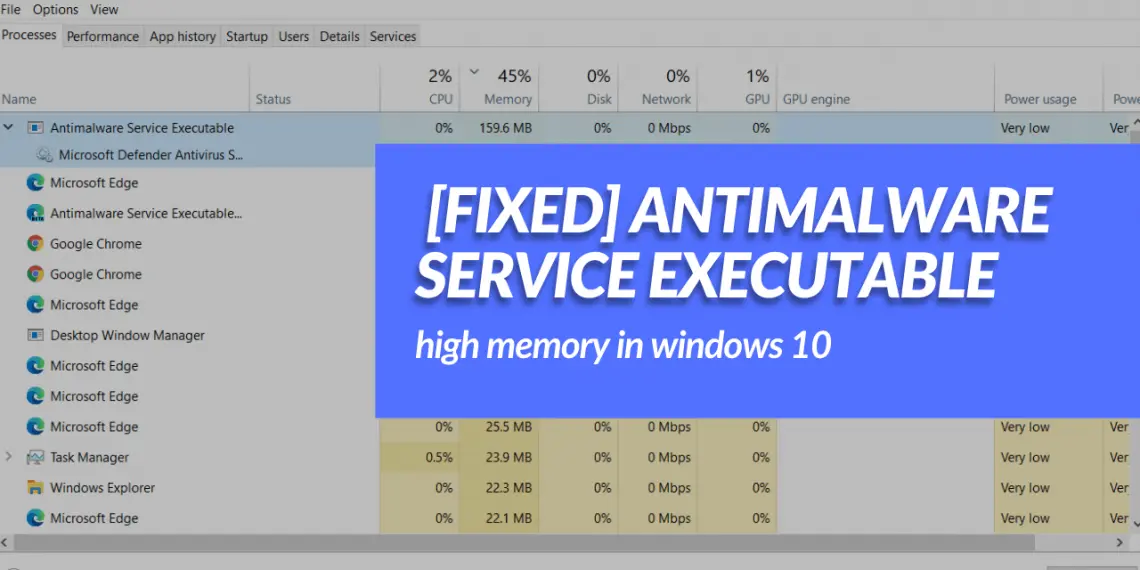
Fixed Antimalware Service Executable High Memory In Windows 10 2022

Fixed Antimalware Service Executable High Cpu On Windows 10 Driver Easy
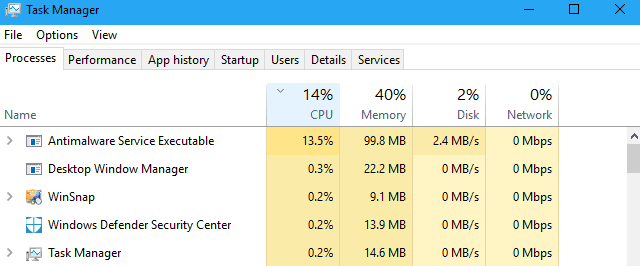
How To Stop Disable Windows 10 Antimalware Service Executable
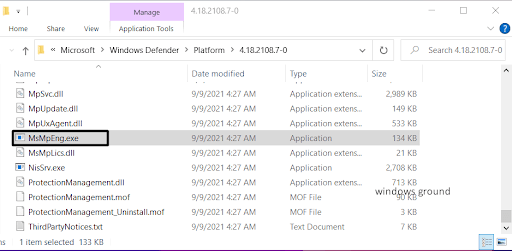
Fixed Antimalware Service Executable High Memory In Windows 10 2022
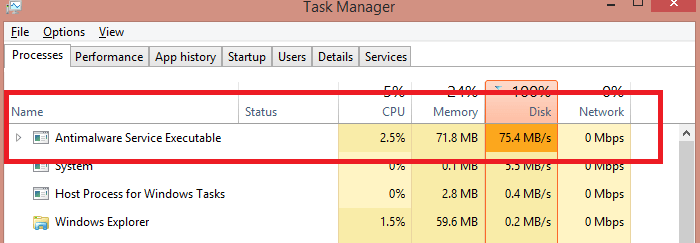
Disable Antimalware Service Executable On Windows 10

Antimalware Service Executable Has High Cpu Usage Try These Fixes

How To Fix Antimalware Service Executable 2021 For High Memory And Cpu Usage On Windows 10 Youtube
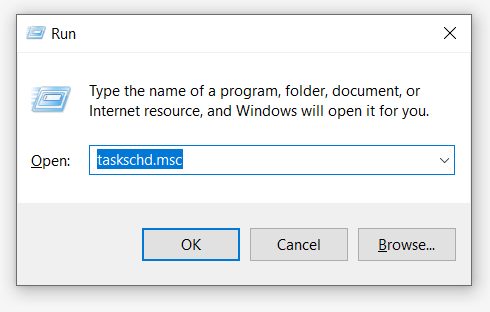
Fixed Antimalware Service Executable High Memory In Windows 10 2022
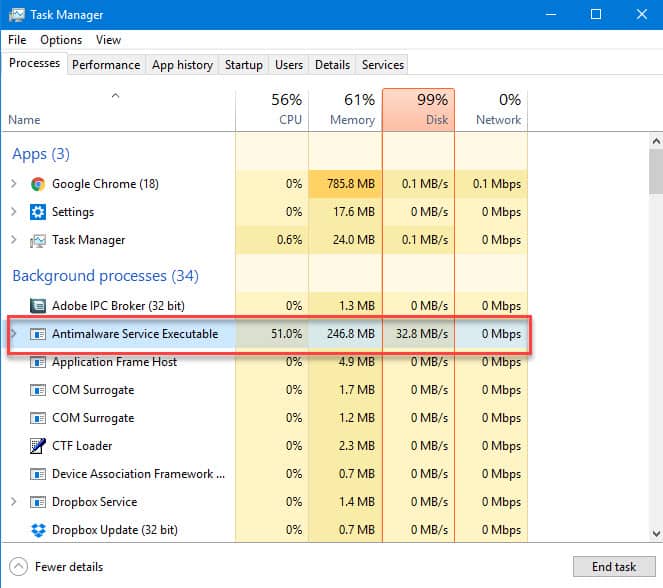
Solved Antimalware Service Executable High Cpu On Windows 10
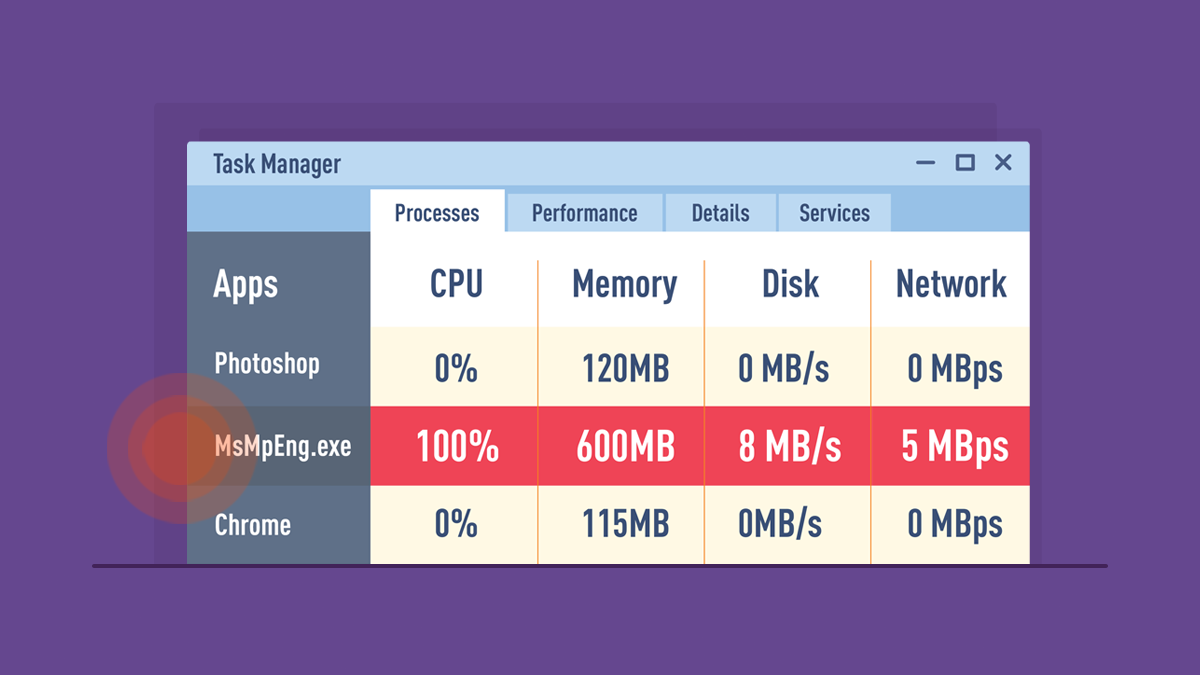
How To Fix Antimalware Service Executable High Cpu Usage Emsisoft Security Blog
